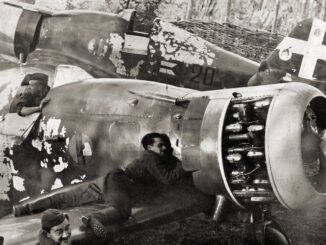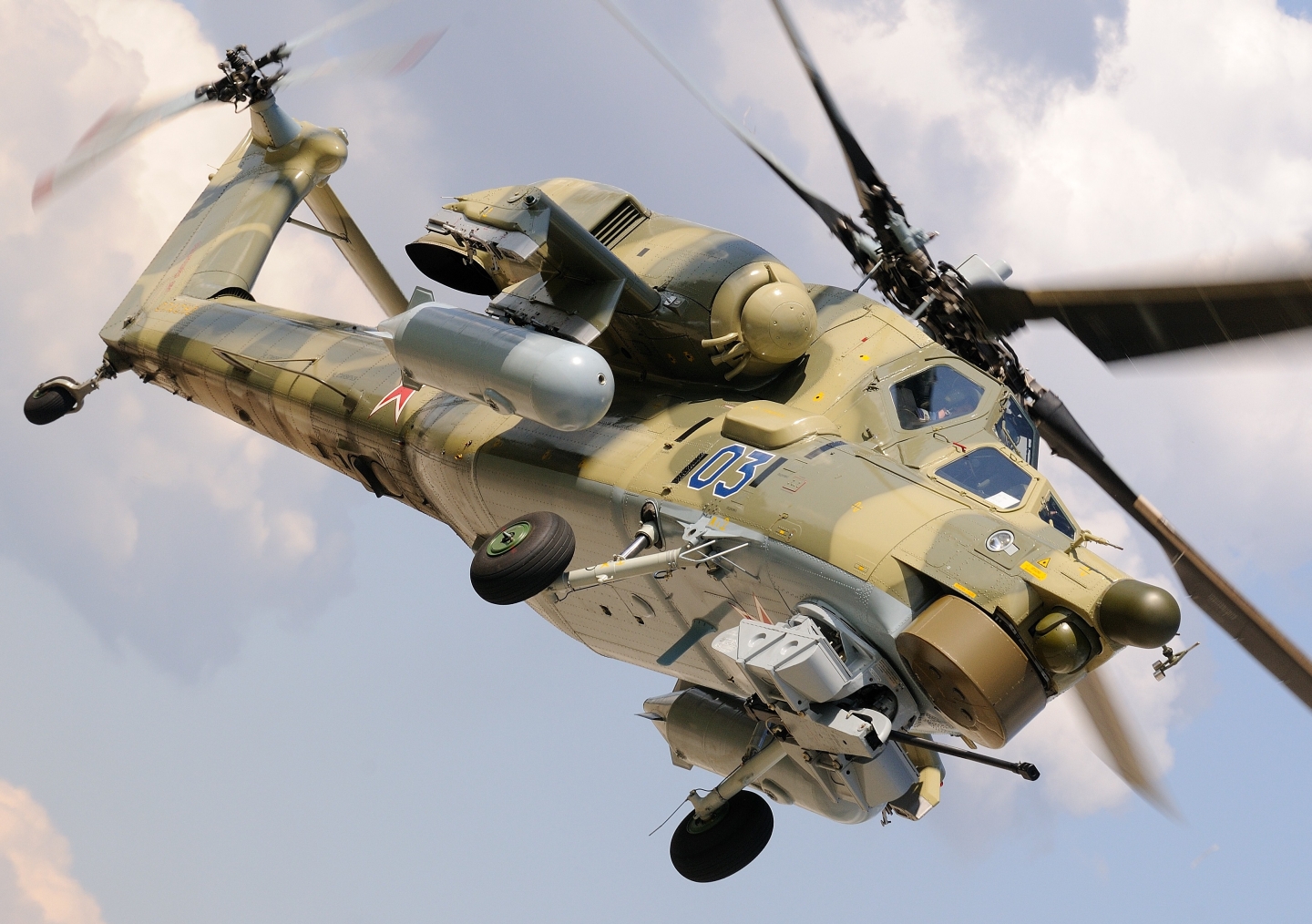
Panavia A-200C Tornado IDS ´6-13´ (c/n 170/IS013/5019 MM7014), Italian Air Force – 6° Stormo ´Alfredo Fusco´, 154° Gruppo ´Diavoli Rossi´, just after the arrival to Fliegerhorst Schleswig/Jagel, June 2019.
Panavia Tornado, one of the Cold War iconic aircraft, was born in March 1969 when four partner nations – Germany, Italy, United Kingdom and the Netherlands, signed an agreement establishing Panavia Aircraft GmbH company. This multinational entity had to develop and manufacture a new multi-role combat aircraft (MRCA), a twin-engine and sweep-wing two seater. The European MRCA should be capable of performing several different tasks, from air defence interceptor aircraft, through electronic combat and reconnaissance to close support bomber.
One year later, the Dutch government and military authorities decided to withdraw from this development, considering the new aeroplane too sophisticated and expensive. The remaining three countries continued the works and the prototype of European MRCA took-off for its maiden flight in 1974.
Within the manufacturing process of Tornado, Italy, as one of the partner nations, was responsible for approximately 15% of workload and represented by two companies – Aeritalia and FIAT, the latter being involved in development of new engine for the aircraft.
The operational service of Tornado in Aeronautica Militare began on 17th May 1982, with the arrival of first aircraft to 1⁰ Reparto Manutenzione Velivoli (Aircraft Maintenance Unit) in Cameri. In August of the same year, 154° Gruppo (squadron) of 6° Stormo (wing) based at Ghedi, became the first operational unit equipped with the new MRCA.
A total of 100 Tornados were delivered to Italian Air Force, in the IDS (interdictor/strike) variant, recognized in Italy as A-200. Apart from the usual bombing role, the Tornados from 156° Gruppo at Gioia del Colle were also performing the Tactical Support to Maritime Operations tasks. In 1990s it was decided to convert some aeroplanes of IDS variant to the specialised ECR version, able to perform SEAD (Suppression of Enemy Air Defence) missions. After the conversion, such aircraft were known as EA-200.
In addition, due to delays in delivery of EF 2000, Italy was forced to find a quick interim solution for the ageing fleet of F-104s, that resulted in a leasing agreement of 24 Tornado ADV interceptors. Those aircraft came from the RAF squadrons and were in service between 1995 and 2004.
154° Gruppo ´Diavoli Rossi´ (154th Squadron ´Red Devils´) is operationally flying their Tornado aircraft since the first deliveries in 1982. Officially, the squadron is recognized in the Aeronautica Militare structure as 154° Gruppo CBOC/CRO (154th All-weather Fighter-Bomber/All-weather Reconnaissance Fighter Squadron). During their long service history, the squadron Tornado IDS aeroplanes participated in several combat missions, including Operation Locusta (Middle East), Deliberate Force and Allied Force (the Balkans), NATO International Security Assistance Force (Task Group ´Air Devil´ in Afghanistan), Unified Protector (Libya) and Inherent Resolve (against the Islamic State).
Some significant reconnaissance missions included the photo flights during Stromboli volcano eruptions, an earthquake in San Giuliano di Puglia and also gathering evidence of the mass graves during the Balkan missions (on behalf of the International Criminal Tribunal in Hague).
Currently, four squadrons of Italian Air Force are still flying the Tornado aircraft: 102nd, 154th and 155th combat units and 311th Squadron of Reparto Sperimentale Volo (testing and experimental unit). In the nearest future, the 102nd Squadron will be reequipped with F-35A Lightning II.



